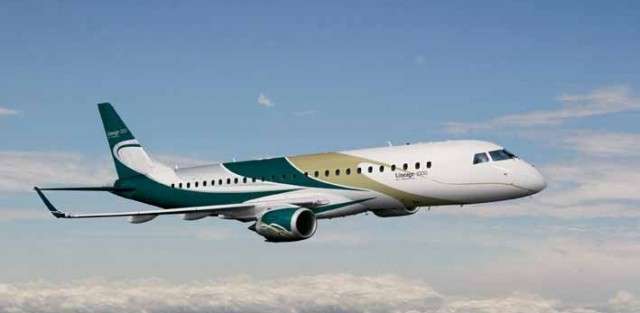Class I Navigation

Class I navigation refers to any flight being operated in controlled or uncontrolled airspace and typically requires the use of an aeronautical chart. The chart is used as a roadmap for pilots operating under visual flight rules (VFR). An flight that’s en route being operated under VFR by pilotage is conducting class I navigation. Class I navigation also includes instrument flight rules (IFR) or VFR navigational operations on the following:
- In the US, published IFR off-airway routes
- In the US, published IFR direct routes
- Federal airways
- Advisory routes, airways, indirect, and direct routes approved or published by a foreign government that fall within the operational service volume (or equivalent) of ICAO standard NAVAIDs.
Pilotage in the Skies
Pilotage is simply defined as the act of piloting. However, it’s more commonly used to describe the act of navigating an aircraft using landmarks and references. It also includes the use of an aeronautical chart to help obtain its positioning. Pilotage is practiced under visual meteorological conditions (VMC) acceptable for flight. In order to successfully navigate an aircraft when relying on landmarks, the pilot must consider altitude. Flying too high can make spotting landmarks difficult. Flying too low could result in collisions with tall structures. This could result in what is known as a controlled flight into terrain.
Class I navigation refers to any flight being operated in controlled or uncontrolled airspace and typically requires the use of an aeronautical chart. The chart is used as a roadmap for pilots operating under visual flight rules (VFR). An flight that’s en route being operated under VFR by pilotage is conducting class I navigation. Class I navigation also includes instrument flight rules (IFR) or VFR navigational operations on the following:
- In the US, published IFR off-airway routes
- In the US, published IFR direct routes
- Federal airways
- Advisory routes, airways, indirect, and direct routes approved or published by a foreign government that fall within the operational service volume (or equivalent) of ICAO standard NAVAIDs.
Pilotage in the Skies
Pilotage is simply defined as the act of piloting. However, it’s more commonly used to describe the act of navigating an aircraft using landmarks and references. It also includes the use of an aeronautical chart to help obtain its positioning. Pilotage is practiced under visual meteorological conditions (VMC) acceptable for flight. In order to successfully navigate an aircraft when relying on landmarks, the pilot must consider altitude. Flying too high can make spotting landmarks difficult. Flying too low could result in collisions with tall structures. This could result in what is known as a controlled flight into terrain.









